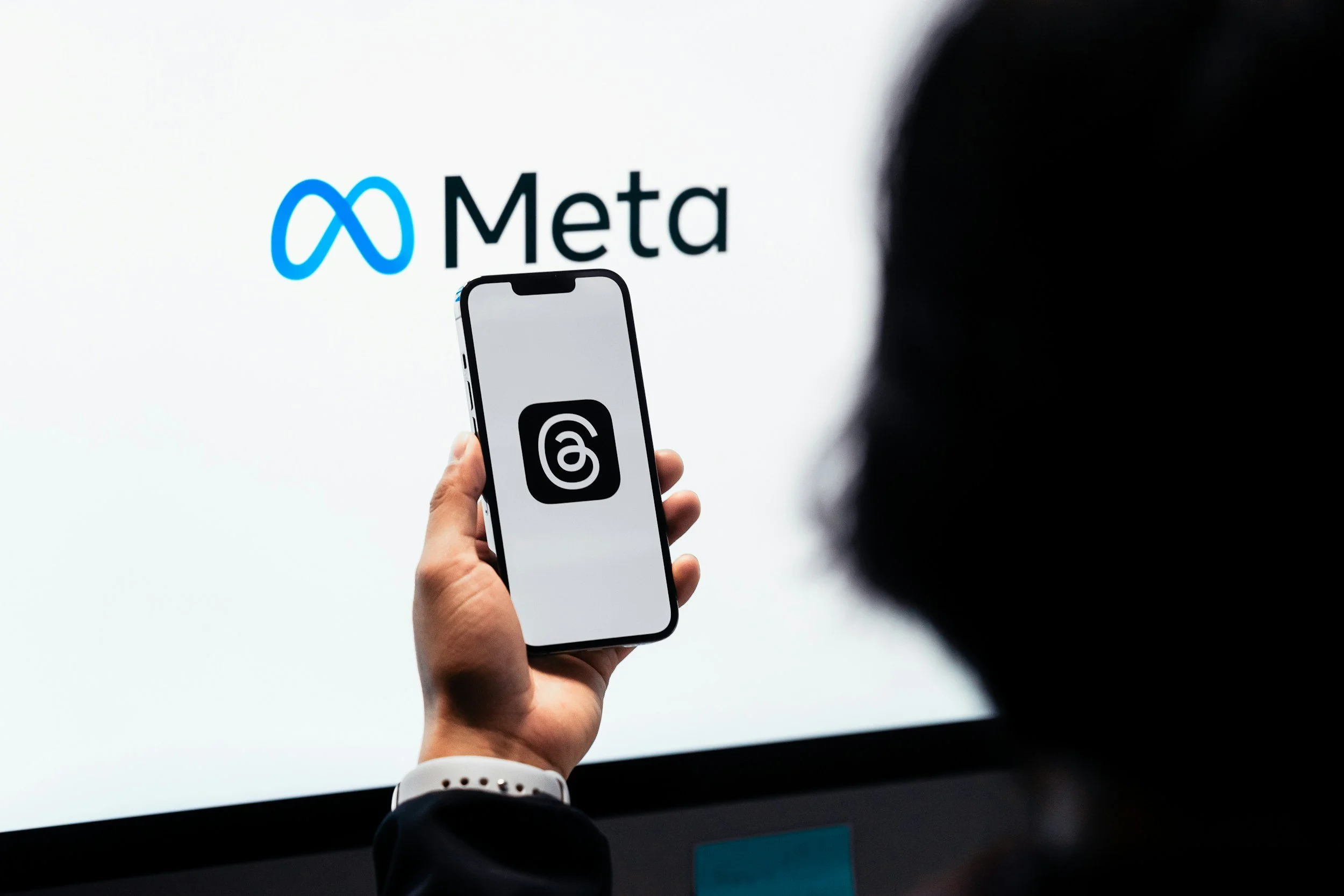Conducting a Nonprofit Social Media Audit: A Blueprint for a Successful New Year
As we say goodbye to 2023, this is the perfect opportunity for nonprofit organizations to take a moment and reflect on their digital presence. This reflection isn't just a year-end ritual but a critical reevaluation necessary to ensure your message resonates with clarity and purpose in the new year. It's time to conduct a comprehensive social media audit to refine and rejuvenate your online presence.
Start by taking an inventory of all your social media accounts, including those less active (e.g., X—formerly Twitter). Document your handles, URLs, follower counts, and engagement levels. This baseline assessment of your digital footprint lays the groundwork for an updated strategy and setting next year’s key performance indicators (KPIs).
Consistency in brand presentation across all platforms is key. Ensure your imagery, messaging, and contact information align with your nonprofit's brand and mission. Each profile should serve as a cohesive extension of your brand, presenting a unified front to your audience. If a potential supporter stumbled upon your Instagram account, would they know it’s the same organization behind your LinkedIn page just by looking at it? Do the URLs on those accounts take them to working and relevant landing pages? Make sure that even for those defunct accounts, your brand and links are up-to-date—and, if you aren’t using that account anymore, pin a message at the top of the page noting where people can find you instead.
Now, let’s turn to analytics to gauge your engagement levels. Evaluate which types of posts generate conversation and assess which platforms are most effective in advocating for your cause. The data found in likes, shares, and comments will inform your content strategy and help you understand your audience's preferences. This also helps inform how you budget your time and resources into the new year: do you need to carve out Monday afternoons to focus on bulk-creating Instagram Reels or YouTube Shorts? Or maybe you notice how successful certain graphics are, so you want to make updated content requests from your organization’s upcoming white paper or report.
💡Learn more about utilizing Meta Custom Audiences to target your ad content more effectively.
Set clear and measurable goals for your social media efforts from these insights. Define what success looks like for your organization, whether it's increasing engagement, expanding your reach around a certain topic, or driving more traffic to your website. Make sure your goals are meaningful and connected to your overall communications strategy (don’t just measure followers for the sake of measuring followers). For example, examine traffic flow from social media to your website—what users gravitate toward, if they sign up for your newsletter, etc. Understand the demographic segments of your audience and identify and nurture your most active supporters. This level of analysis translates numbers into a narrative that can shape your future campaigns and help you achieve your goals.
Make sure to have regular check-ins throughout the year, whether they are weekly, monthly, or quarterly, to ensure that your goals are on track or if they require any adjustments. It is important to regularly check if your social media activities align with your strategic goals and make necessary changes as needed. This continuous feedback loop will keep your strategy on track and responsive to the ever-evolving digital landscape. By doing this, you can ensure that you deliver the highest possible value to your audience and use your time in the most effective way possible.
Evaluate the potential of new or underused social media platforms. Could your message resonate on different digital shores? A strategic presence on new platforms could tap into additional audiences and further your cause—but only if it makes the most sense for you to be there. Do not jump on every new platform that launches. They’re not all runaway hits like Facebook, Instagram, or TikTok (remember Clubhouse? Blue Sky? Mastodon?). If you want to grab your handle and update the brand, go for it; it’s always smart to make sure someone else doesn’t take it. It's better to excel on a few channels where your audience is than to be mediocre (or worse) on every channel where some might be.
Armed with the insights gathered from your social media analysis, it's time to develop a tactical plan. Identify areas that need refinement or a complete overhaul and determine how to execute those changes. Collaborate with your team to ensure everyone is aligned and working towards the same objectives. Remember, your social media audit is more than just a checklist; it is an essential process that ensures your digital efforts support your other communications and programmatic activities.
Prepare your nonprofit for a strategic social media audit that promises more than just growth, but also crafting a narrative that fosters deep connections and leaves a lasting impact. Embrace the upcoming year with a renewed focus and a strategy designed to amplify your voice where it matters most.







